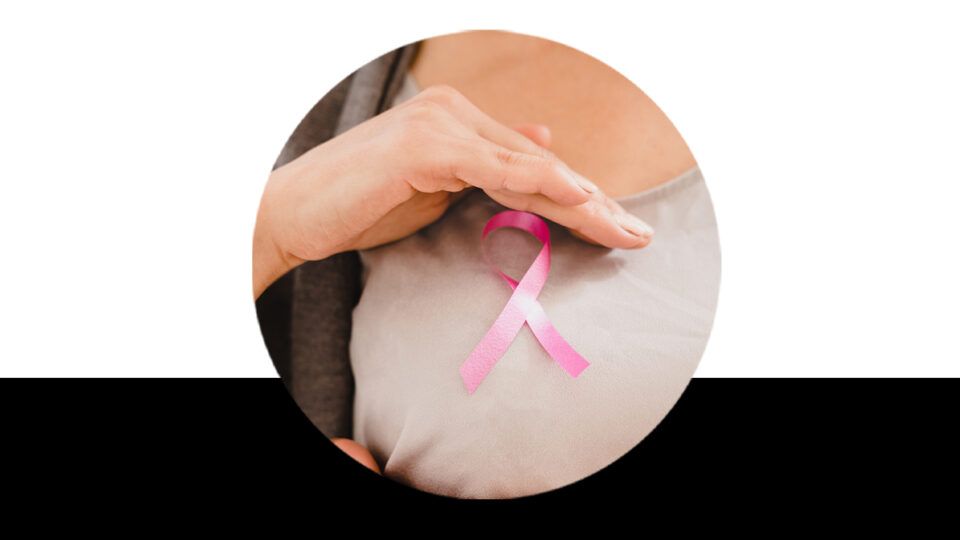Mammography for breast cancer screening is a scientifically recognized method for its safety and effectiveness. There is no evidence that this type of examination is a risk factor for the development of breast cancer or any other organ or part of the human body, nor is it a cause of inflammation or other health problems for women.
CHECK OUT THE FULL NOTE FROM CBR
Today (10/31) we released a clarification note to the population, concerned about the repercussions of statements from doctors, shared on social media, who questioned the effectiveness of this screening test and even stated that it could expose patients to illness.
We advise patients and family members who have questions about this subject to seek appropriate information from reliable sources, such as our website (Brazilian College of Radiology and Image Diagnosis) or other medical entities.
Furthermore, we reiterate that performing mammograms is essential for the early detection of breast changes, increasing the chances of successful treatment and reducing the need for invasive interventions.
Women's access to mammography exams can save lives and avoid more expensive treatments in advanced stages of breast cancer, causing stress for patients and the management of the SUS.
Mammography is a safe and effective examination, which must be performed according to protocols from the largest medical entities in the world and under the supervision of doctors, especially specialists in radiology and diagnostic imaging.
98% Healing – Mammography is one of the most effective tests for detecting breast cancer in its early stages, and can identify suspicious lesions before they are even palpable. When the tumor is identified early, a cure can be achieved in 98% of cases.
However, experts explain that mammography may not detect small nodules, especially in dense breasts. In these situations, a second examination, such as an ultrasound or MRI, may be necessary.
A mammogram takes 15 to 30 minutes to perform. According to the National Mammography Commission of the Brazilian National Council for Breast Cancer (CBR), this breast cancer screening method should be performed annually on all women over the age of 40.
The group explains that the success of mammographic screening in the early detection of breast cancer was confirmed through large population studies more than four decades ago, with a reduction in mortality of up to 25-30% being observed.
We reiterate our commitment to defending the health of the population, especially women, and to combating misinformation and fake news that cause so much harm to the prevention and treatment of diseases.
To stop individuals or organizations that disseminate inappropriate content, we call on the support of the media, managers and decision-makers to promote mass awareness campaigns and inform that we will take appropriate measures, including in court, to fulfill our mission of training good specialists and improving the quality of service.
Waiting line – This Thursday, we released a survey confirming the existence of a queue of approximately 77 thousand Brazilian women and a waiting time that can exceed 80 days in the Unified Health System (SUS) for mammograms.
According to the CBR analysis of data from the Regulatory System (SISREG) of the Ministry of Health, the waiting list for mammograms may be even longer than indicated. This is because SISREG, a platform that should record the demands for elective surgeries in the country in a single queue, depends on data voluntarily provided by state and municipal health departments.
In the analysis by Federation Unit, Santa Catarina is at the top of the ranking with around 17 thousand women waiting for a mammogram exam, followed by São Paulo (15 thousand) and Rio de Janeiro (12.5 thousand). The three states account for 56% of the total number of patients waiting reported to the Ministry of Health.




